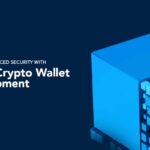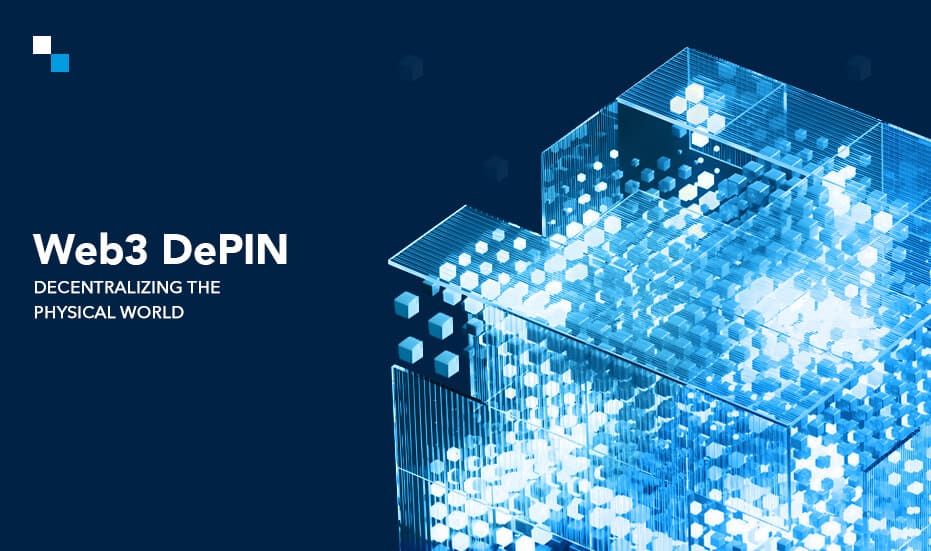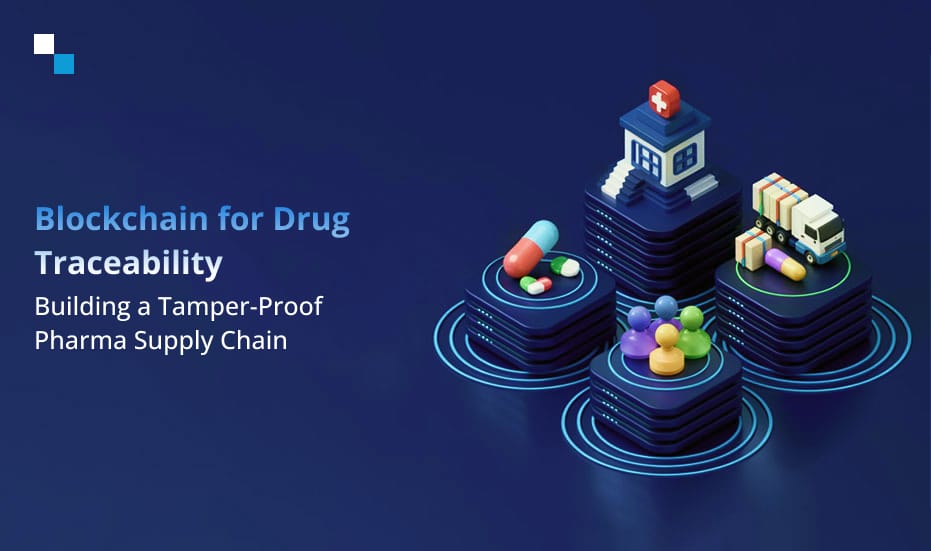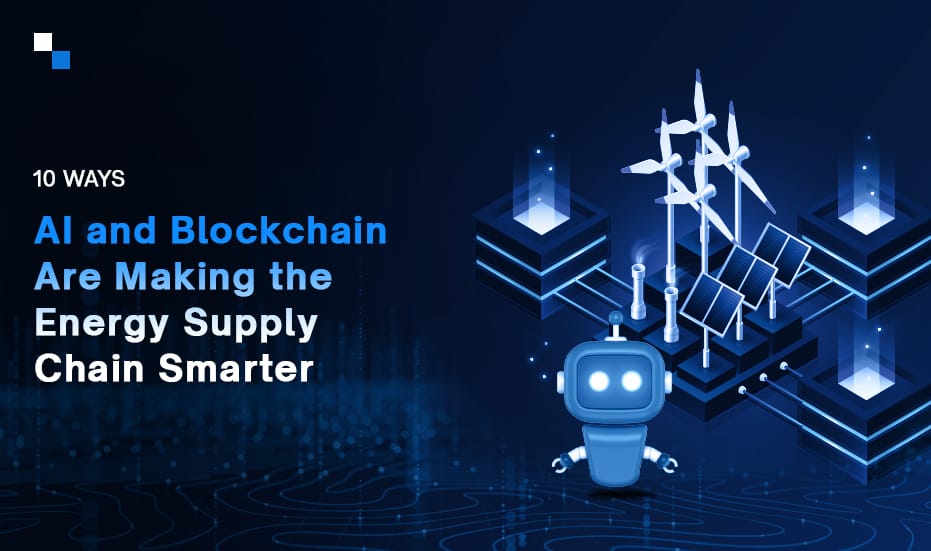
Vow Hack Underscores the Critical Need for Smart Contract Audit Services
October 16, 2024
How DePIN Integration is Enhancing Crypto Wallet Security in 2025
October 16, 2024The world is going digital, but our reliance on physical infrastructure remains. From energy grids to wireless networks, these systems are often centralized, leading to inefficiencies, single points of failure, and limited access. Enter Web3 DePIN, a revolutionary concept using blockchain technology to decentralize physical infrastructure networks (DePIN). This blog post explores the exciting world of Web3 DePIN, its potential applications, and the impact it can have on various industries.
Understanding Web3 DePIN
Decentralized Physical Infrastructure Networks (DePIN) leverage blockchain, tokenization, and decentralized governance to create community-owned and operated infrastructure. These networks incentivize individuals to contribute resources like storage, processing power, bandwidth, or even physical assets like energy. In return, contributors earn tokens, effectively turning infrastructure providers into stakeholders.
Key Advantages of Web3 DePIN
- Increased Accessibility: DePIN can bring essential services like internet access or renewable energy to underserved communities, bypassing traditional gatekeepers.
- Improved Efficiency: By optimizing resource allocation and reducing reliance on intermediaries, DePIN can lead to more efficient and cost-effective infrastructure.
- Enhanced Resilience: Decentralized networks are less susceptible to single points of failure, making them more robust and reliable.
- Greater Transparency: Blockchain technology ensures all transactions and operations are transparent and auditable, fostering trust and accountability.
- Community Ownership: DePIN empowers individuals to become active participants in infrastructure development and governance.
Web3 DePIN Use Cases
The potential applications of DePIN are vast and span across various sectors:
- Decentralized Wireless Networks: Projects like Helium are building peer-to-peer wireless networks, providing wider coverage and affordable internet access.
- Renewable Energy Grids: DePIN can facilitate the creation of microgrids powered by renewable energy sources, enabling communities to generate and share energy locally.
- Decentralized Storage: Filecoin and Arweave offer decentralized storage solutions, providing a more secure and censorship-resistant alternative to centralized cloud providers.
- Decentralized Computing: Projects like Golem allow users to share their computing power, creating a distributed supercomputer accessible to anyone.
- Physical Asset Sharing: DePIN can enable the sharing of physical assets like electric vehicles, scooters, or even real estate, optimizing utilization and reducing waste.
Real-World Examples of Web3 DePIN
Several DePIN projects are already making waves:
- Helium: A decentralized wireless network powered by a global network of hotspots.
- Filecoin: A decentralized storage network that allows users to rent out their unused hard drive space.
- Golem: A decentralized computing platform that enables users to access and share computing power.
- Render Network: A decentralized network for rendering 3D graphics, providing artists and studios with affordable and scalable rendering power.
Challenges and Opportunities for Web3 DePIN
While Web3 DePIN offers a promising future, it’s important to acknowledge the challenges:
- Scalability: Scaling DePIN networks to accommodate mass adoption can be technically challenging.
- Token Economics: Designing sustainable tokenomics that incentivize participation and ensure network security is crucial.
- Regulatory Uncertainty: The regulatory landscape for DePIN is still evolving, creating uncertainty for projects and investors.
Despite these challenges, the opportunities for Web3 DePIN are immense. As blockchain technology matures and adoption grows, DePIN has the potential to revolutionize how we build, operate, and access essential infrastructure.



